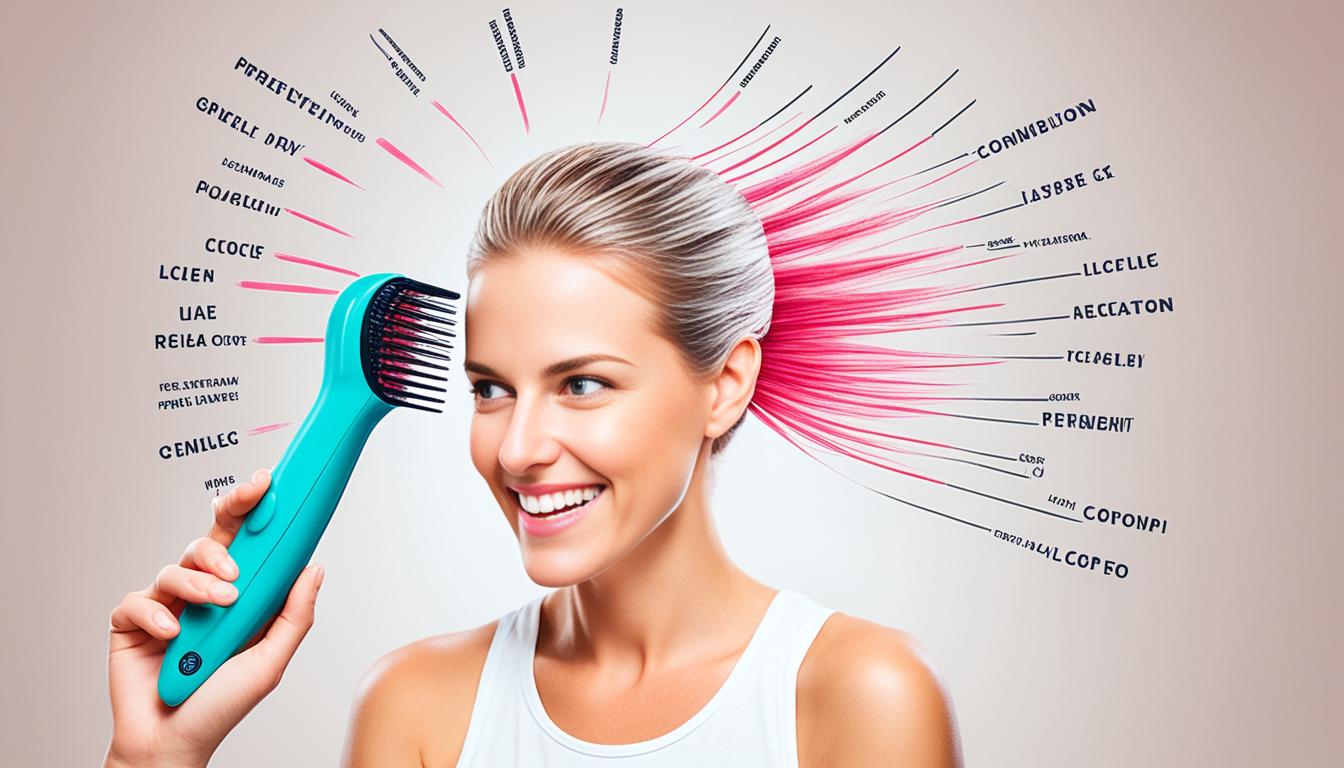Head lice, or pediculosis capitis, is a common problem among kids in the US. Millions are affected every year. It causes severe itching and can lead to anemia from blood loss. Knowing its symptoms, causes, and how to treat it is crucial.
These tiny bugs live in the hair and scalp, making it itch like crazy. They spread through close contact, like sharing hats or brushes. Lice feed on scalp blood, which might cause iron deficiency anemia.
Tackling a lice problem needs a mix of solutions. Shampoos and lotions from the store can help, as can medicines from a doctor. Special combs are also available to remove lice and eggs manually.
Stop lice by avoiding direct head contact, especially in crowded places like schools. Teach kids not to share hats, combs, or brushes. Keeping these items clean can also lower the risk of lice.
Although stem cell therapy is fascinating, it’s not the way to deal with head lice. It has no proven benefit in this area.
Learning about head lice’s symptoms, causes, and treatments is the key to fighting this common issue.
Key Takeaways:
- Head lice is a common problem for school kids, causing itching. Severe cases might lead to anemia.
- Ways to treat lice include store-bought and prescription drugs, plus specialized combs for removal.
- Stopping lice’s spread involves not sharing personal items and avoiding head contact.
- Stem cell therapy isn’t recommended for lice treatment.
- Knowing how head lice works helps prevent and deal with it effectively.
Signs and Symptoms of Head Lice Infestation
Head lice infestation shows certain signs and symptoms. These are how you may know you have them:
1. Scalp Irritation and Itching
One clear sign of head lice is a very itchy scalp. Lice feed on blood, and their saliva causes allergic reactions. This leads to severe itching, which is often hard to ignore.
2. Red Spots on the Scalp, Neck, or Shoulders
People with lice might see red spots on their scalp, neck, or shoulders. These spots come from lice bites, which irritate the skin. This can cause small amounts of swelling and redness.
3. Difficulty Sleeping
Lice infestation makes it hard to sleep. The itching gets worse at night, causing restlessness. This can turn into a pattern of not sleeping well.
4. Sores on the Scalp
Scratching the itchy areas can lead to sores on the scalp. These sores are open wounds that can get infected. It’s very important not to scratch if you have lice.
It’s worth noting that some people with lice may not itch. This makes it even more important to check for lice often, especially in schools and daycares.
| Signs and Symptoms | Description |
|---|---|
| Scalp Irritation and Itching | Intense itching and irritation on the scalp due to the lice’s saliva. |
| Red Spots on the Scalp, Neck, or Shoulders | Appearance of red spots on the scalp, neck, or shoulders caused by lice bites. |
| Difficulty Sleeping | Restlessness and disrupted sleep patterns due to itching and discomfort. |
| Sores on the Scalp | Open sores on the scalp caused by scratching the itchy areas, which can lead to infections. |
Preventing and Treating Head Lice Infestation
Preventing lice infestations is very important. Teach kids not to have head-to-head contact. Tell them not to share things like hats and brushes. This simple advice can lower the risk of getting lice.
Keeping personal items clean helps, too. Soak combs and brushes in hot water to kill lice and eggs. Wash clothes and bedding in hot water regularly. Vacuum often, especially in places where infested people have been. This removes lice and nits.
If lice infest, various treatments are available. You can buy shampoos and lotions that kill lice without a prescription. In serious cases, doctors can give stronger medicines.
Some people like removing lice by hand. You can buy kits with special combs for this. These kits work best along with other treatments, not on their own.
Always follow the directions when using lice treatments. This ensures they work well and are safe. By preventing lice and treating them properly, you can deal with infestations.

